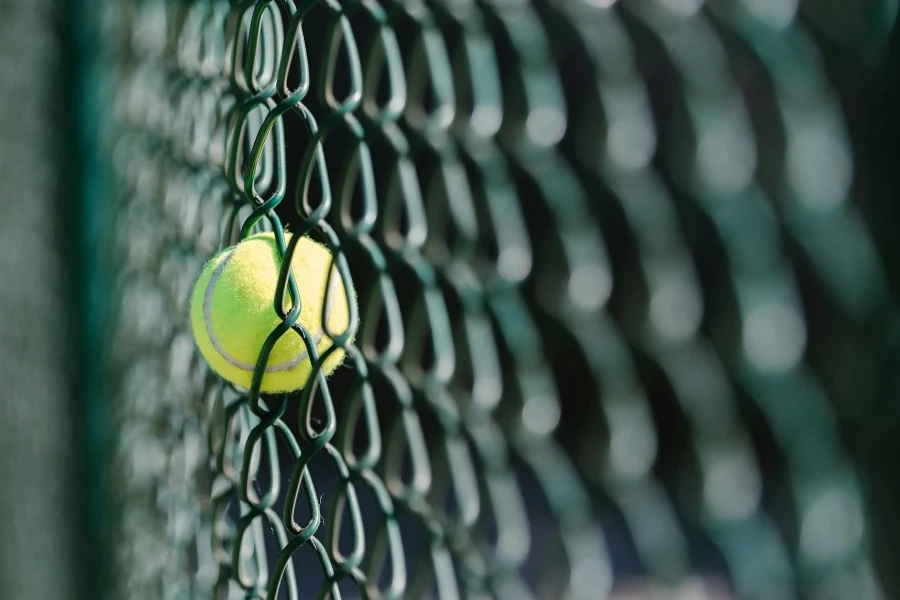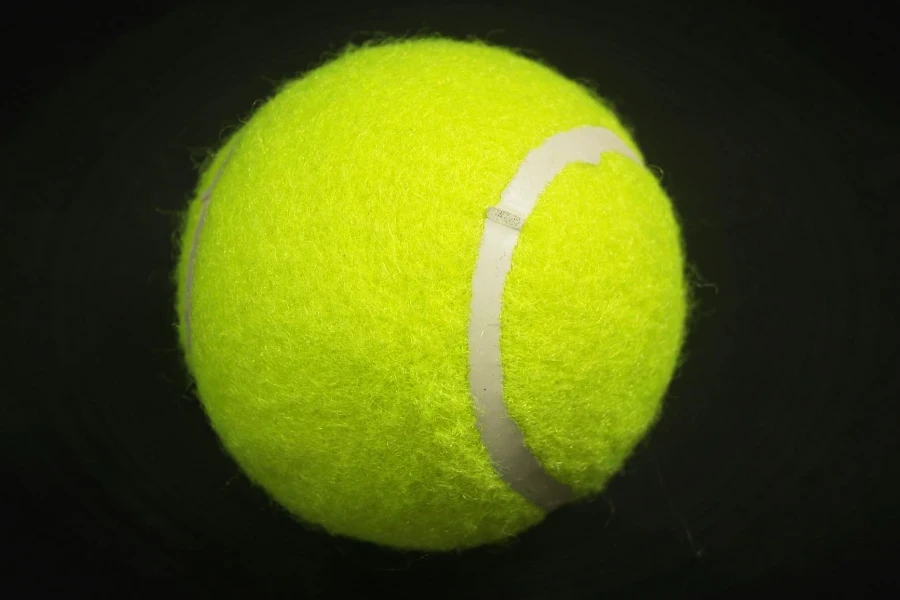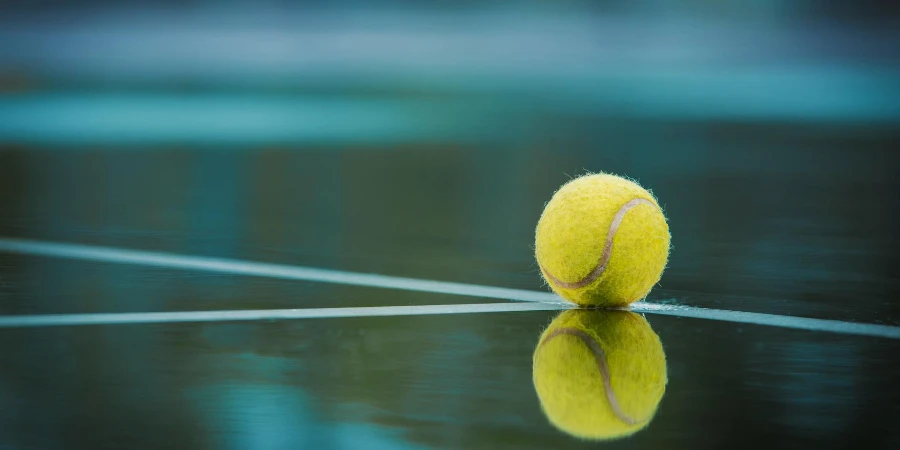The humble tennis ball, often overlooked, plays a pivotal role in the game of tennis. Its construction, type, and even the felt covering can significantly impact gameplay and player performance. This comprehensive guide delves into the intricacies of tennis balls, shedding light on what players, coaches, and enthusiasts should know to make informed decisions. From the core to the surface, every aspect of a tennis ball is designed with purpose and precision.
Table of Contents:
1. The anatomy of a tennis ball
2. Types of tennis balls and their uses
3. Performance and durability factors
4. Choosing the right tennis ball
5. Care and maintenance tips for tennis balls
The anatomy of a tennis ball

Tennis balls may seem simple at first glance, but their construction is a result of meticulous engineering. At the core, most tennis balls feature a hollow rubber design, which is key to their bounce and durability. The rubber used is often optimized for resilience, ensuring that the ball maintains its integrity over many games. Covering the rubber core, a felt exterior not only influences the ball’s aerodynamics but also its visibility and the way it interacts with the tennis racquet and surface. This felt is usually made from a blend of wool and synthetic fibers, a combination designed to offer the perfect balance between durability and performance.
Types of tennis balls and their uses

Tennis balls are not one-size-fits-all. They are categorized into types, primarily based on their intended use and the surfaces they are designed for. Pressurized tennis balls are the most common, offering a high bounce and speed that many players favor. However, their lifespan is shorter due to the gradual loss of internal pressure. Pressureless balls, on the other hand, have a longer life and are often chosen for practice sessions or play on abrasive surfaces. The type of court – clay, grass, or hard – also dictates the ideal tennis ball, with specific designs enhancing playability and performance on each surface.
Performance and durability factors

When assessing tennis balls, performance and durability are paramount. The performance is influenced by the ball’s bounce, speed, and felt quality. A ball that maintains consistent performance over time is highly sought after. Durability, meanwhile, is determined by the ball’s resistance to wear and tear. The construction of the rubber core and the quality of the felt covering are critical factors here. Balls designed for extended play on hard courts, for example, often feature extra-durable felt to withstand the abrasive nature of the surface.
Choosing the right tennis ball

Selecting the right tennis ball involves considering the player’s skill level, the playing surface, and the type of play (competitive vs. recreational). For competitive play, balls that are approved by governing bodies like the International Tennis Federation (ITF) are required. These balls meet specific performance standards. Recreational players might prioritize durability and cost-effectiveness, opting for pressureless balls. The choice of ball can significantly impact a player’s experience and performance, making it crucial to select wisely based on individual needs and circumstances.
Care and maintenance tips for tennis balls

To maximize the lifespan and performance of tennis balls, proper care and maintenance are essential. Storing balls in a cool, dry place helps maintain their pressure and prevents the felt from deteriorating. Avoid leaving tennis balls in direct sunlight or in hot vehicles, as extreme temperatures can degrade the rubber core and affect the ball’s bounce. Regularly inspecting balls for signs of wear and replacing them when necessary ensures optimal performance and safety during play.
Conclusion:
The tennis ball, a key component of the beloved game, is more complex than it appears. Understanding its construction, types, and how to choose and care for them can enhance one’s playing experience and performance. Whether you’re a seasoned player or new to the sport, recognizing the importance of this seemingly simple piece of equipment is essential. Armed with this knowledge, players can make informed decisions, ensuring their game remains at its peak.




